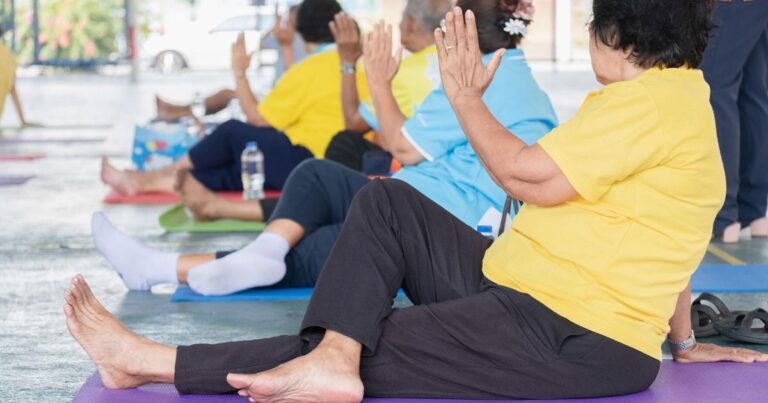As you get older, it can become difficult to exercise. Sometimes it feels like your body is falling apart. One possible reason for this could be senescent cells that accumulate in the body as we age and contribute to age-related diseases.
A recent study by the Mayo Clinic shows that exercise and other physical activities can reduce the number of senescent cells.
Dr. Nathan LeBlasser, director of Mayo Clinic's Robert and Arlene Kogod Center on Aging, says physical activity should be a priority, especially as we get older.
aging and exercise
There is no magic bullet to reverse the aging process. But if you want to combat the biological mechanisms that cause age-related symptoms, such as the accumulation of senescent cells, you need to exercise.
“Just being more active throughout the day appears to be enough to reduce the burden of senescent cells in an individual,” Dr. LeBrasseur says.
Many people tend to lead a sedentary lifestyle as they age. But Dr. LeBrasseur says older adults need to find ways to be more active throughout the day.
“It's really important to spend time and purposefully doing aerobic and endurance exercises like walking, cycling, and swimming, as well as doing some strength training,” says Dr. LeBrasser.
Even adding an extra 30 minutes of activity each day can help, he says.
“(It) may have benefits for muscle strength, bone health, or even cognitive health and function,” Dr. LeBlascheur explains.
Exercise gives you benefits
• Control your weight.
• Increases energy.
• Enhances cognitive function.
• Promotes better sleep.
____
Dr. LeBrasseur is one of Mayo Clinic's medical editors on Healthy Aging. He is also director of the Robert and Arlene Kogod Center on Aging, co-director of the Paul F. Glenn Research Center for the Biology of Aging, and scientific director of Mayo Clinic's Office of Translation into Practice.
___
©2024 Mayo Clinic News Network. Visit newsnetwork.mayoclinic.org. Distributed by Tribune Content Agency, LLC.


